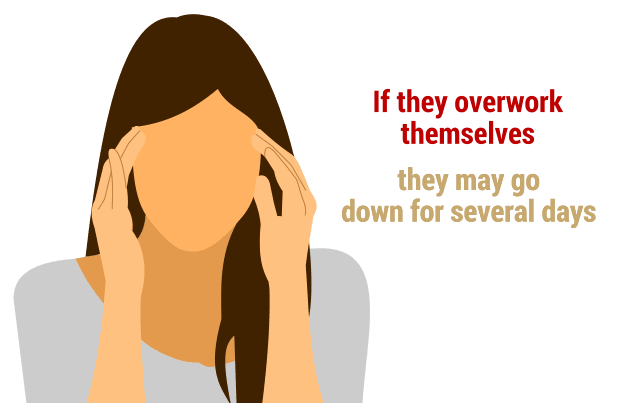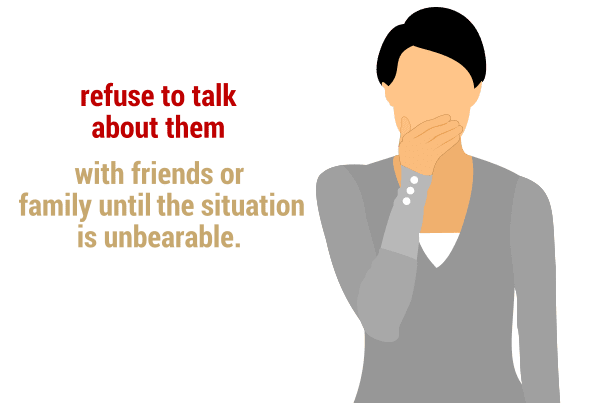
People who use a wheelchair or a guide dog may have an easily recognizable disability. Many other people struggle each day with symptoms of pain and fatigue, making it difficult to work or get through the day. Yet, they carry on, putting on a face of normalcy to mask their struggle.

Because they seem healthy and show no outward signs of illness such as the use of a wheelchair, their problems remain invisible to others. They look fine, so they must feel fine.
From Crohn’s disease to fibromyalgia, diabetes, lupus to bipolar disorder, millions of Americans suffer invisible disabilities, with varying conditions and symptoms that can disappear one day and come roaring back the next, according to a recent National Public Radio report.
People with invisible disabilities are doubly challenged. They struggle with the symptoms of their condition and with gaining recognition of their legal rights to disability benefits.
According to researchers at Cornell University’s Employment and Disability Institute, invisible disabilities were the most commonly cited conditions in employment disability discrimination charges filed with the Equal Employment Opportunity Commission from 2005 to 2010.

As featured in the NPR report, 33-year-old Carly Medosch might look the part of a young Washington, D.C. professional, busy and light-hearted. But for 20 years she has suffered Crohn’s disease, a condition in which the bowels can get so inflamed she may have to be hospitalized. Sometimes, she says, the pain makes her want to end her life.

If that weren’t enough, Medosch was diagnosed recently with fibromyalgia, a chronic pain and fatigue syndrome. Some days, a person with this illness might seem fine, but if they overwork themselves, even for an hour or two, they may go down for several days, suffering headaches and immense pain throughout the body.

The tendency for many who suffer these invisible disabilities is to try to overcome them on their own, refusing to talk about them with friends or family until the situation is unbearable.
Yet they are very real.
Wayne Connell realized the severity of the situation after his wife began suffering from Lyme disease and multiple sclerosis and formed the Invisible Disabilities Association to raise national awareness.
Connell recalls times he and his wife were screamed at for using parking spaces designated for the disabled. She didn’t use a wheelchair or cane, so people failed to recognize she was ill.
Similar problems can arise at the workplace, as well. People with invisible disabilities may need accommodations they’re entitled to receive under the law.
But their supervisors and co-workers may believe they’re asking for special treatment because their illnesses are not readily apparent.
Some people may be so ill their disabling conditions prevent them from working and make them eligible for Social Security Disability benefits. However, their unusual conditions make the application process more complicated and the need for guidance from a knowledgeable disability lawyer more pressing.
An attorney experienced with handling Social Security Disability cases can make the difference in helping you obtain SSD benefits.
It’s hard enough to struggle each day with an illness the rest of the world doesn’t understand. Get help today to receive the award you deserve.